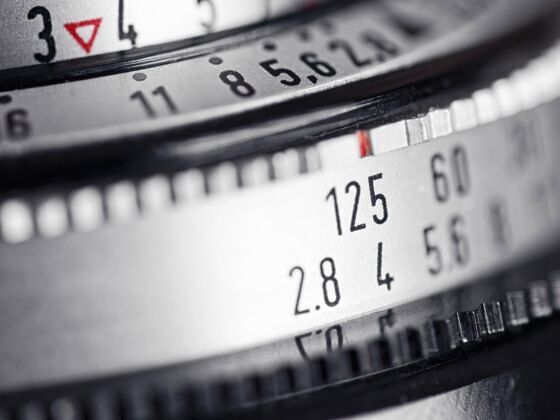UNLESS YOU’RE A PROFESSIONAL travel photographer on an expedition-style assignment, chances are you’re not dragging boxes of equipment around on your travels. Throwing filters, tripods, remote flash, and other equipment into the mix can be quite daunting for the novice photographer traveling with limited space.
But for those interested in doing more with their travel photographs besides sharing great memories with family, here are a few essential tips to get you started on that road.
